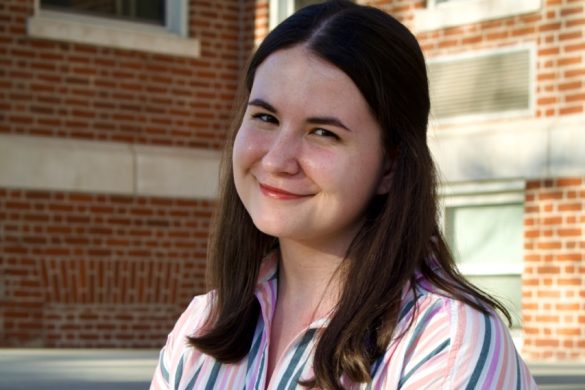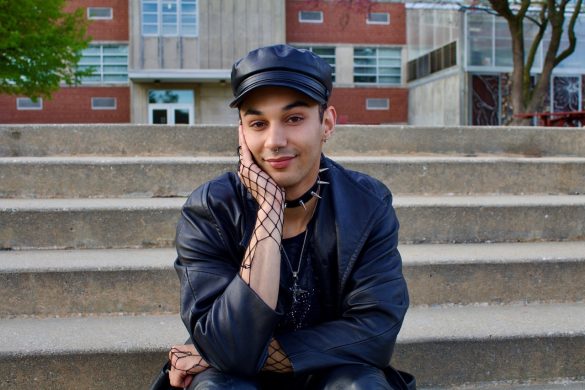Many of you may have heard this one: A woman is about to get married, and she thinks she looks sickly pale in her wedding dress. So, to achieve that golden brown glow, she books appointments at four different tanning salons in one day. She goes to each salon and spends 30 minutes in each tanning bed. When her wedding day arrives, they find her dead in her room because the UV rays from the tanning beds cooked her internal organs.
This is an urban legend. UV rays cannot cook your internal organs. However, there are dangers in tanning that men and women should be aware of before they hit the tanning salons to prepare for spring, because tanning can cost you more than money.
According to an article in Cosmopolitan, Glenna Kohl, age 22, was a lifeguard who loved how tans made her look. She did not wear strong enough sunscreen while on duty, so her skin was exposed to the sun for 40 hours a week.
Kohl also frequently visited tanning salons. When she was 22, she was diagnosed with melanoma, which is caused by UV rays changing the DNA in skin cells. According to the National Cancer Institute, melanoma is the second most frequently reported cancer for people in their 20s.
According to skincancer.org, one person dies from melanoma every 57 minutes. It is the fifth most common cancer for males and the seventh for females. This disease is what took Kohl’s life at the age of 26 in 2008, and it encouraged her grieving family to start the Glenna Kohl Fund for Hope, which aims to spread awareness and teach young people about how to protect themselves. Kohl is not the only case. Many of us have heard warnings about the effects of tanning, but it is important to remember that this is a very serious issue. We should not take it so lightly.
According to the American Skin Association, there is no such thing as a healthy tan, yet 70 percent of teens visit a tanning salon daily. This is a frightening number, because skincancer.org reports one indoor tanning session increases a person’s chance of getting melanoma by 20 percent. If a person goes to a tanning session again that same year, the rate goes up two percent with each visit, which makes it easy to see why 76 percent of melanoma patients, ages 18 to 29, can attribute their conditions to tanning.
Unfortunately, these facts seem unlikely to stop people from tanning all together. The American Skin Association reports 63 percent of surveyed teens believe they look better with a tan, and changing habits is difficult when they make you feel better about yourself, no matter the danger.
People do things that make them feel better and make them think they look better. Logically, I know that dyeing my naturally brown hair red and straightening it is not healthy for it, but it makes me feel more confident.
So when it comes to tanning, do it in moderation. Do not use a tanning bed every single day. If you spend all day in the sunlight, do not expose your skin to even more UV rays at the tanning salon. Remember to wear sunscreen with an SPF number higher than 15.
Protect your skin and protect yourself, because no one should be dying to be tan.









